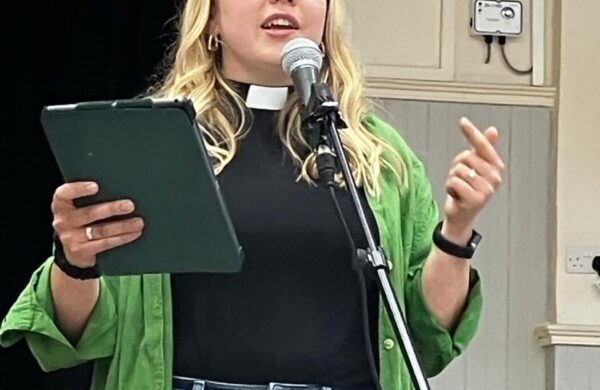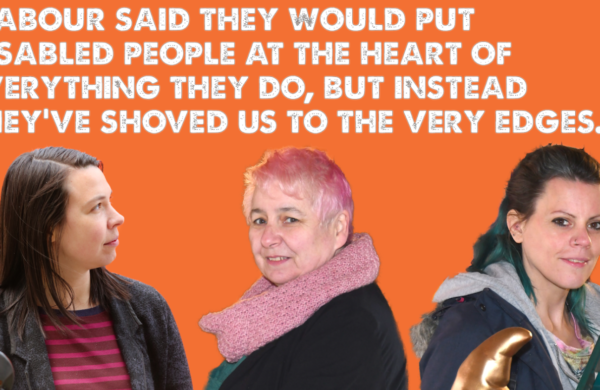Church on the Margins: resilience
A report from our 7 May online discussions on what it means to be church on the margins during the pandemic.
Resilience (opening reflection by Martin Johnstone of the Church of Scotland)
Where have we seen new life/new ways of being?
- New ‘churches’ have formed online. If these continue after lockdown how will we think about church ‘membership’? How will it be redefined? What does this mean for institutional churches?
- People who are not usually ‘church-goers’ have joined online church services. It has become a ‘church without walls’.
- Churches are continuing to do traditional services as usual.
- In broadcast mode the content of online services is quite passive.
- Foodbanks are too busy providing a service, they don’t have time to get to know people and gather their stories.
- We can allow our online church gatherings to be messy, they do not need to be perfect. Sometimes things go wrong but this is more authentic.
- Online church is safe space for people to engage.
- More people are engaging online, at different times of the week.
- We need to be church everyday of the week, not just Sundays.
Are there new resources and ideas about the church and how they can support communities to flourish?
- One church community is taking an inter-faith approach to the alpha course … ‘Beta Max’ is an inter-faith gathering where people come together to discuss faith.
- Examples of church ministers visiting people living on the street, bringing them food, etc. also providing packed lunches to children who are missing out on free school meals, and printed educational packs for families who do not have internet access.
- How can we include people who are invisible during the pandemic, people who are digitally excluded?
- Online church is more accessible for young families. Online children’s liturgy.
- New gifts are being uncovered in the new spaces.
- We need to be alongside and reach out to people on the margins, not ‘saviours’ dropping in and out of people’s lives.
- We can minister to each other, we don’t have to follow the model of priest as leader and congregation. E.g. Some people have organised family funerals themselves.
- The model of priest/minister as leader/gatekeeper needs to change. ‘The priesthood of all believers’.
- We should keep the ‘good things’ from online church when lockdown is over.
- Some churches do not currently have ‘permission’ to help with the crisis response locally. Individuals are doing things but not representing the church.
- Some churches are looking after their own members but not reaching out to others in the community. Will the community notice if the church reopens?
- Food pantries as examples of community-led organisations.
- How do we create a safe online space for people to talk about how they are feeling?
Are there any examples of churches standing alongside those on the margins (not speaking for them)?
- Not many visible examples of the church response, some church members are probably involved in service delivery but the ‘official church’ is less visible. … Can we offer our church buildings to others who are responding in the community?

Research and Information Officer
We have a new Chief Exec – and we’ll continue to be a catalyst for change!
We’ve appointed a new Chief Executive. Liam Purcell steps into the role from 1 July.
Are churches losing faith in low-income communities?
A report from an event held by Church Action on Poverty’s Sheffield group on 29 May 2025
“The cuts are deeply immoral and should be opposed by all Christians”
Activists have called for the disability minister to resign, after an “awful” meeting where he took no interest in what they had to say. Church …
Let’s End Poverty: what comes next?
As the Let’s End Poverty coalition comes to an end, how will we continue working together?
We have a new Chief Exec – and we’ll continue to be a catalyst for change!
We’ve appointed a new Chief Executive. Liam Purcell steps into the role from 1 July.
Are churches losing faith in low-income communities?
A report from an event held by Church Action on Poverty’s Sheffield group on 29 May 2025
“The cuts are deeply immoral and should be opposed by all Christians”
Activists have called for the disability minister to resign, after an “awful” meeting where he took no interest in what …



